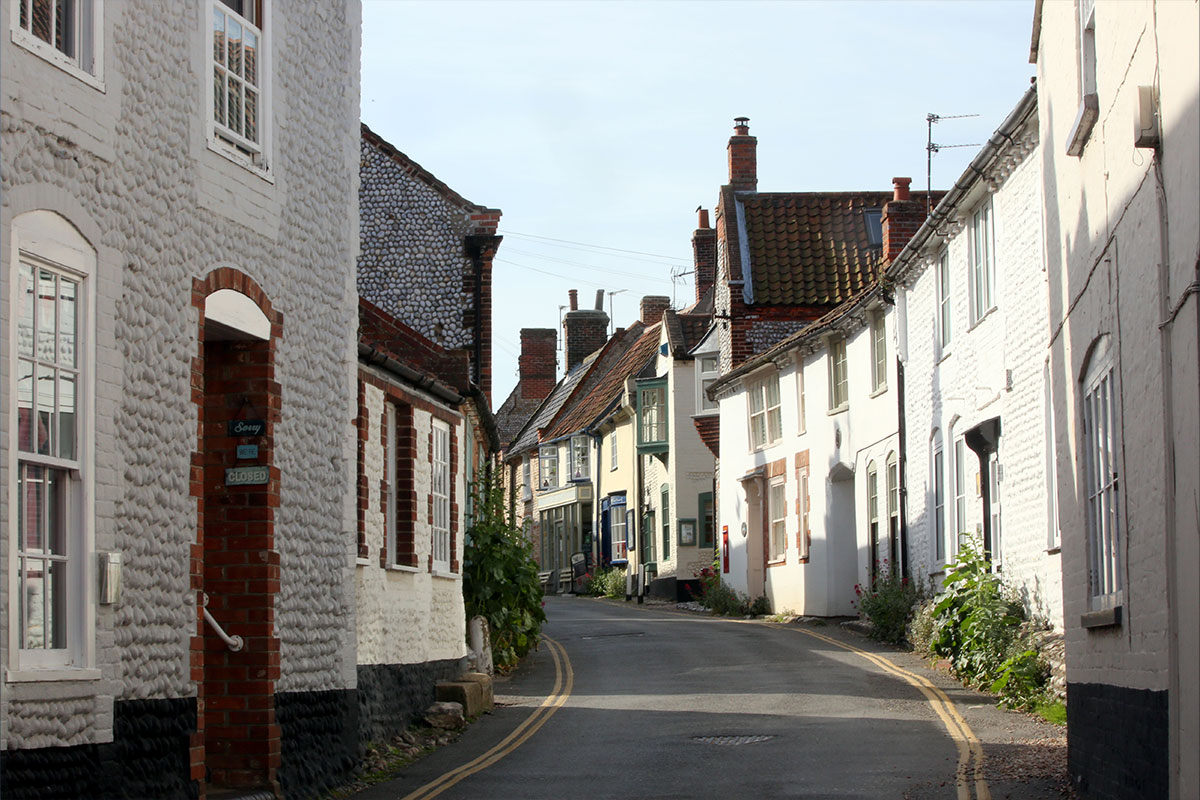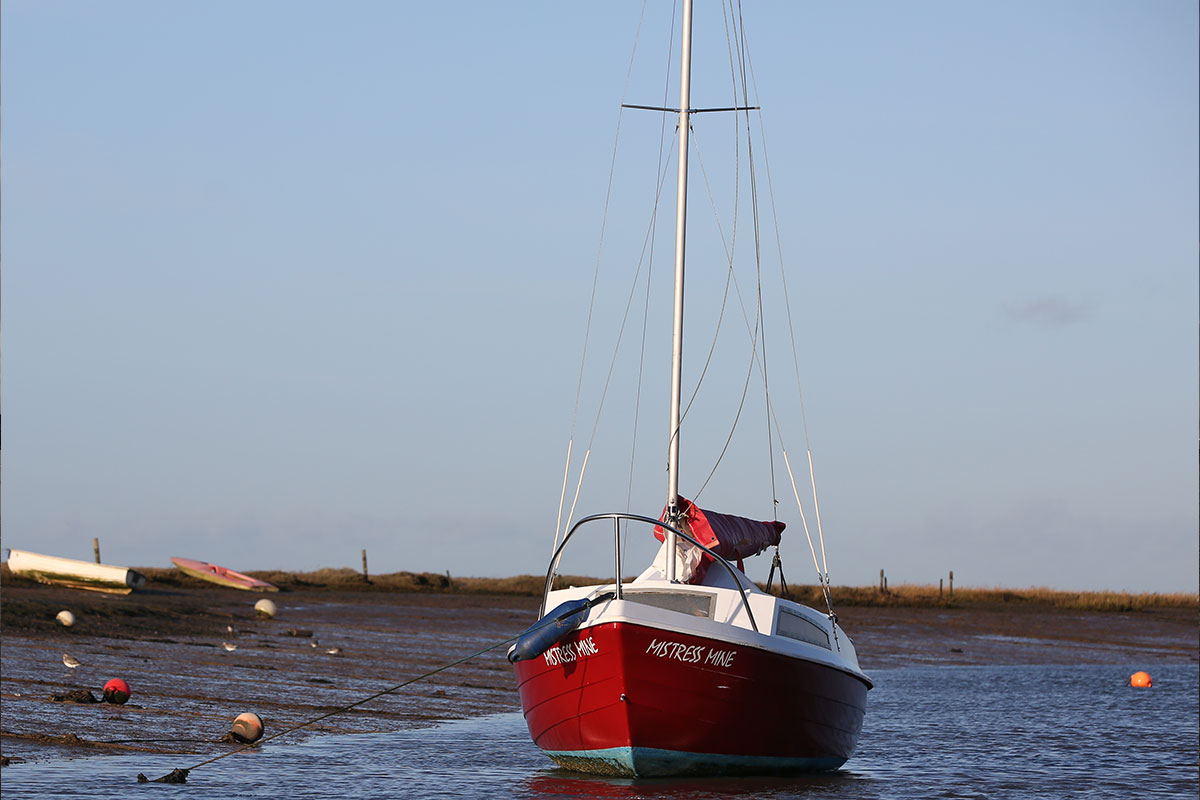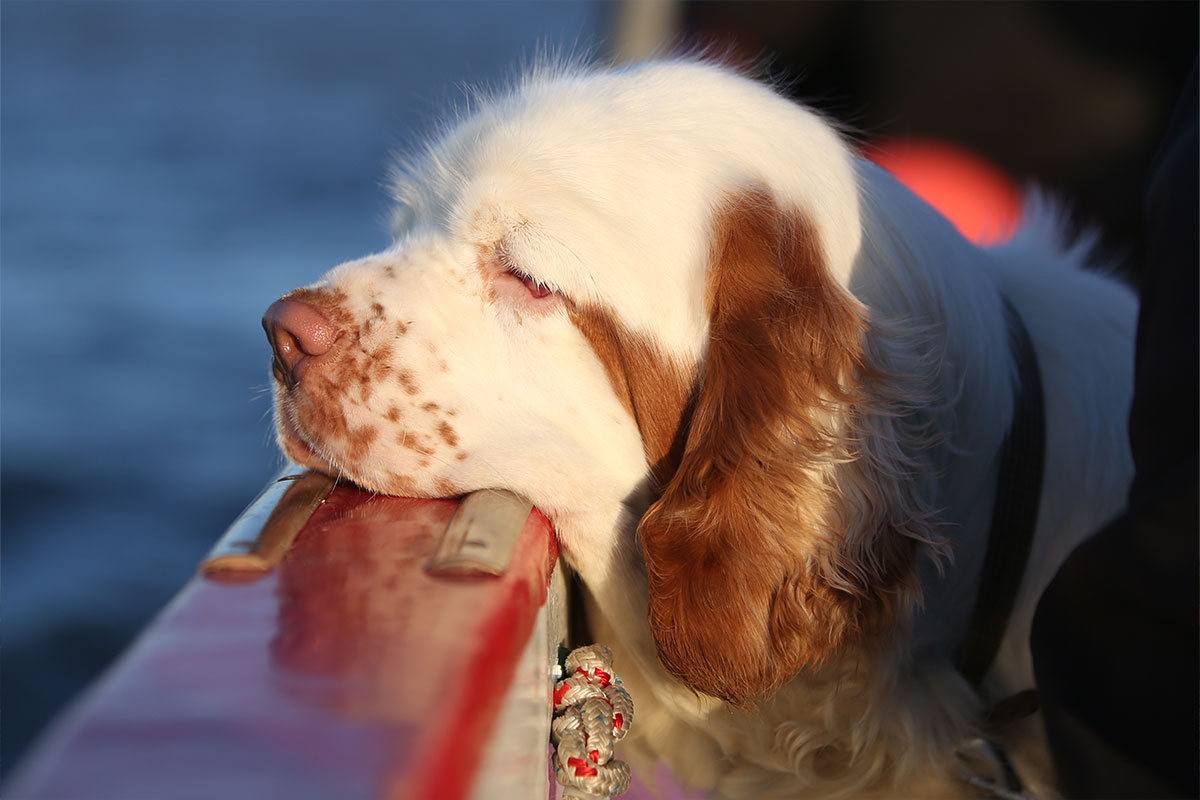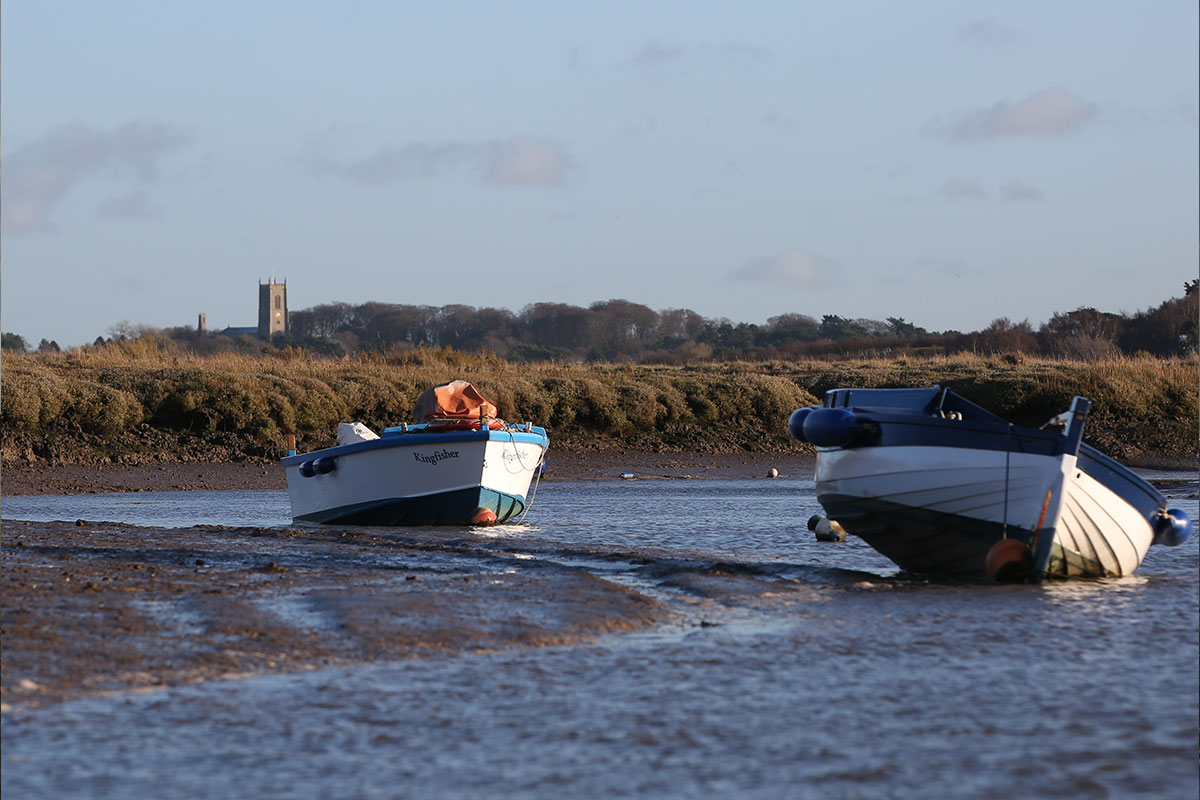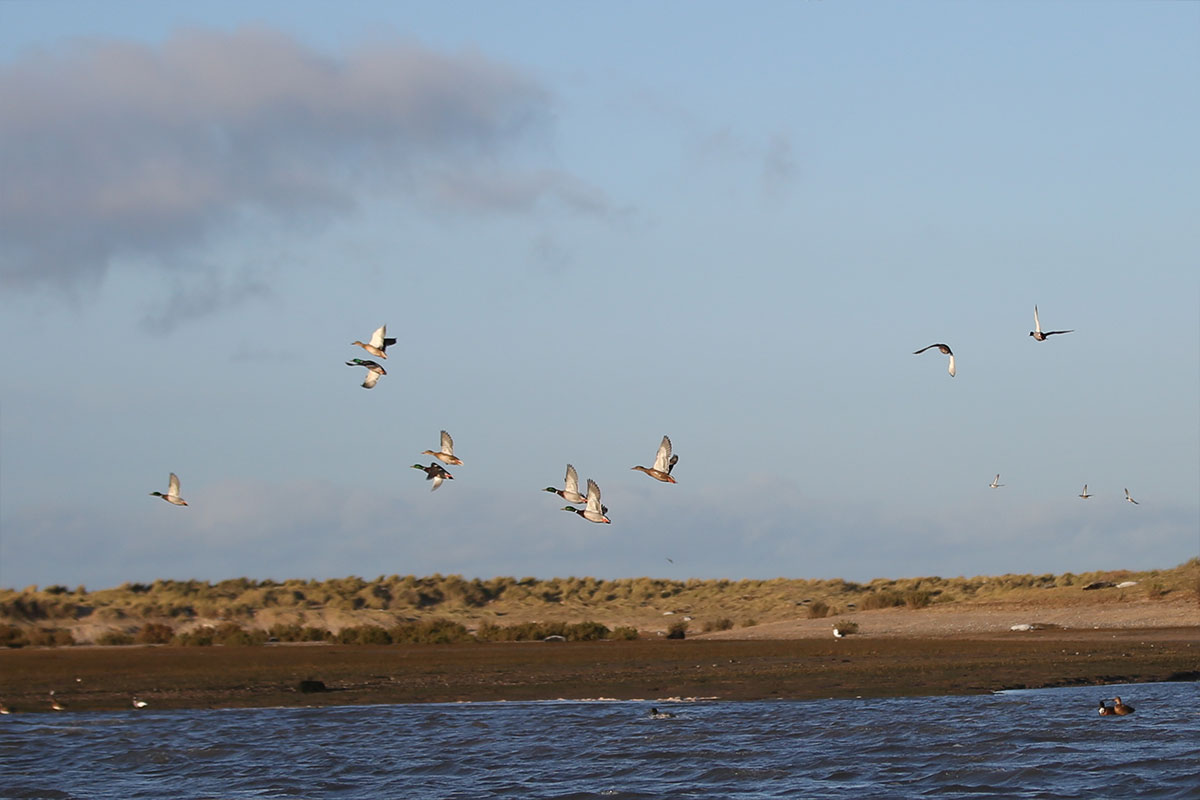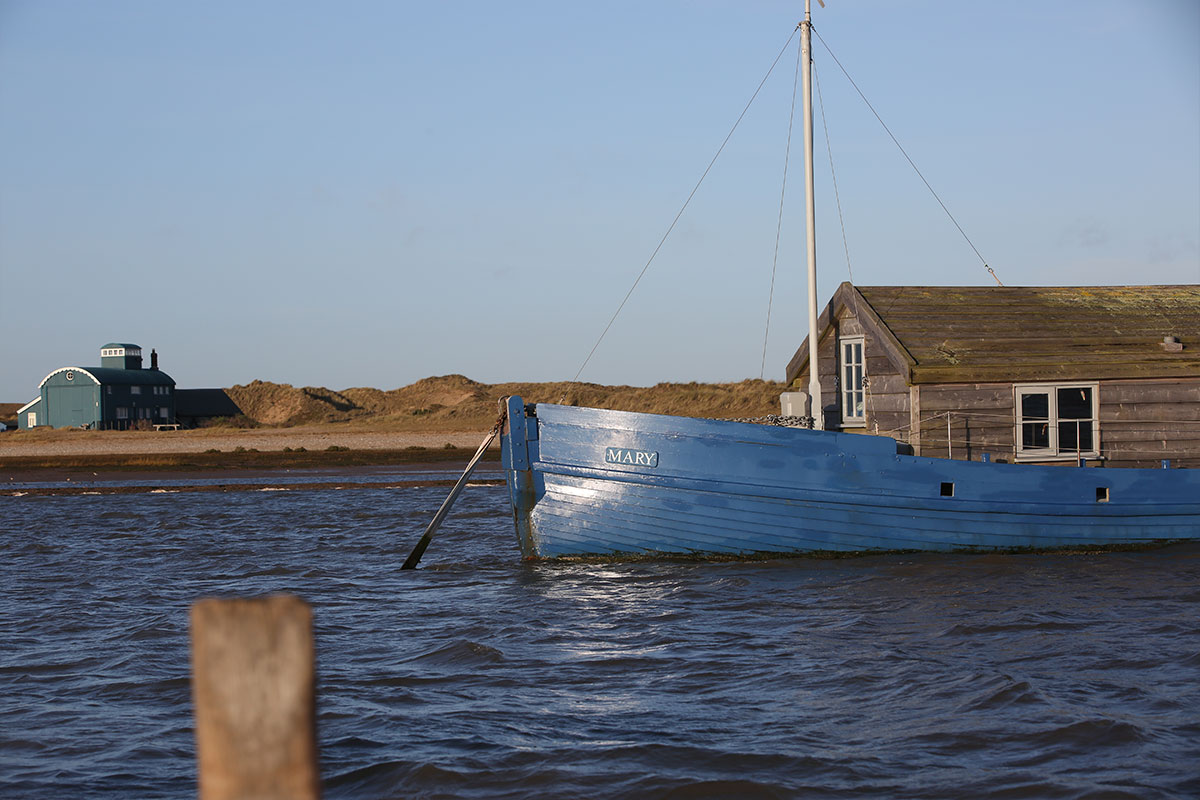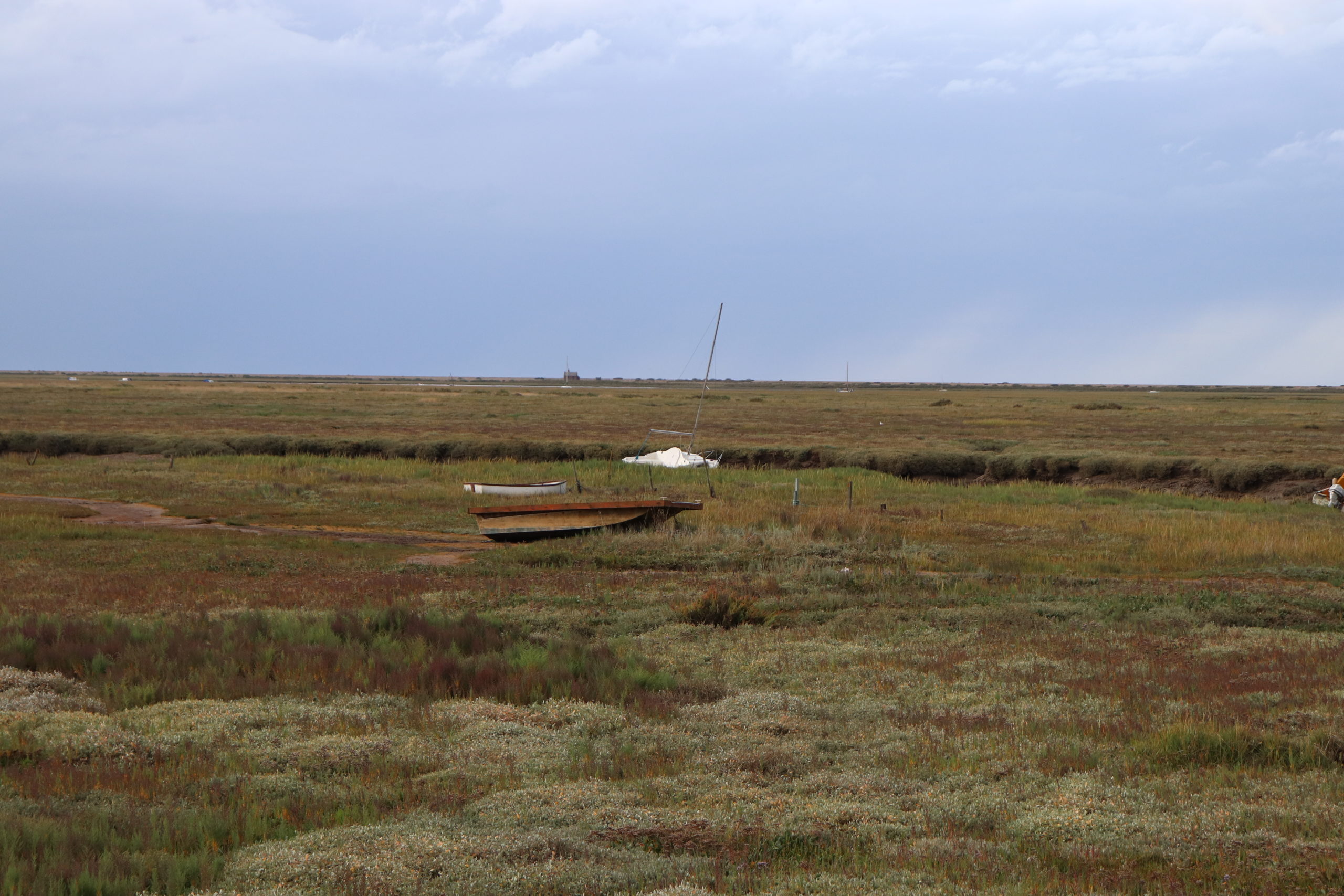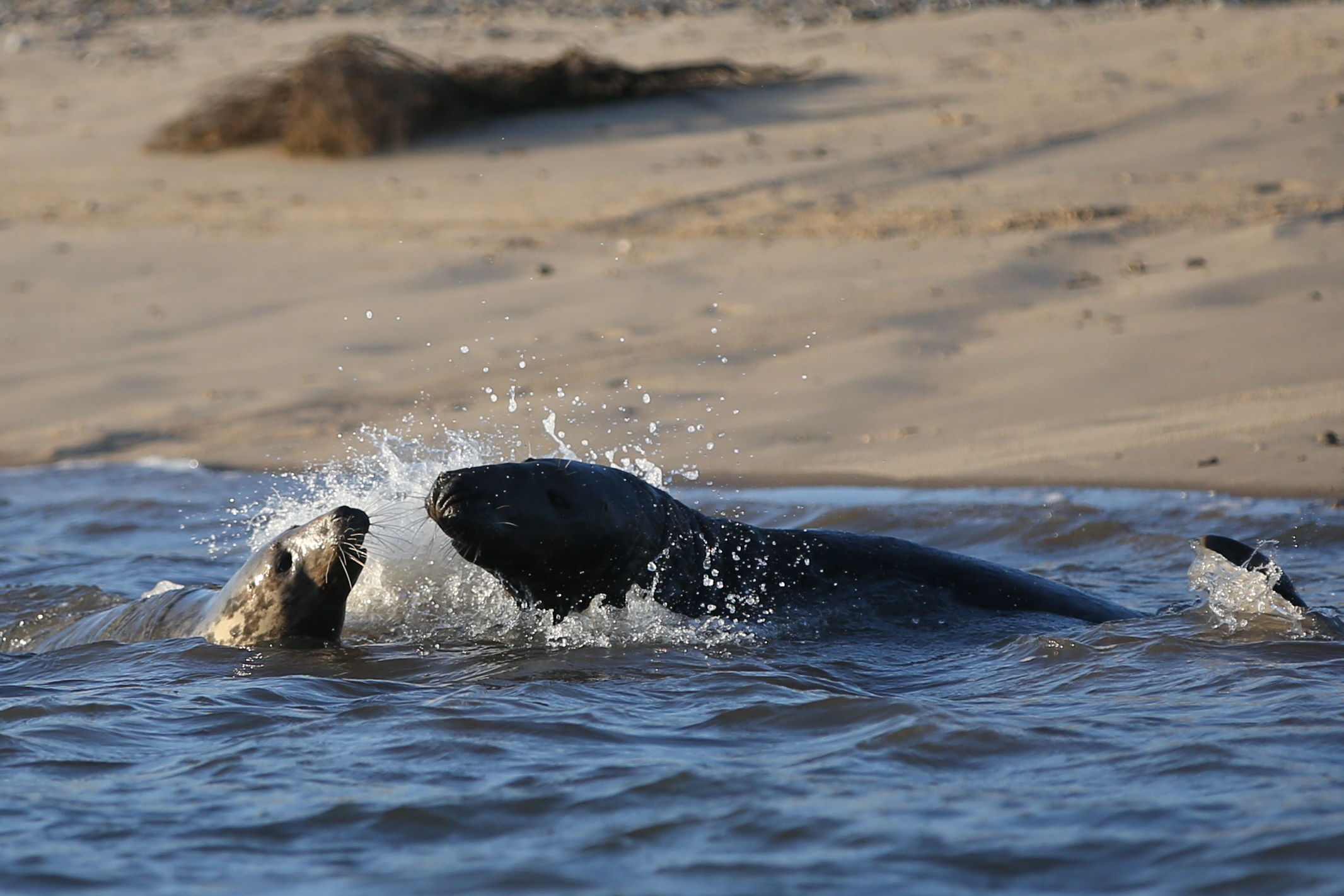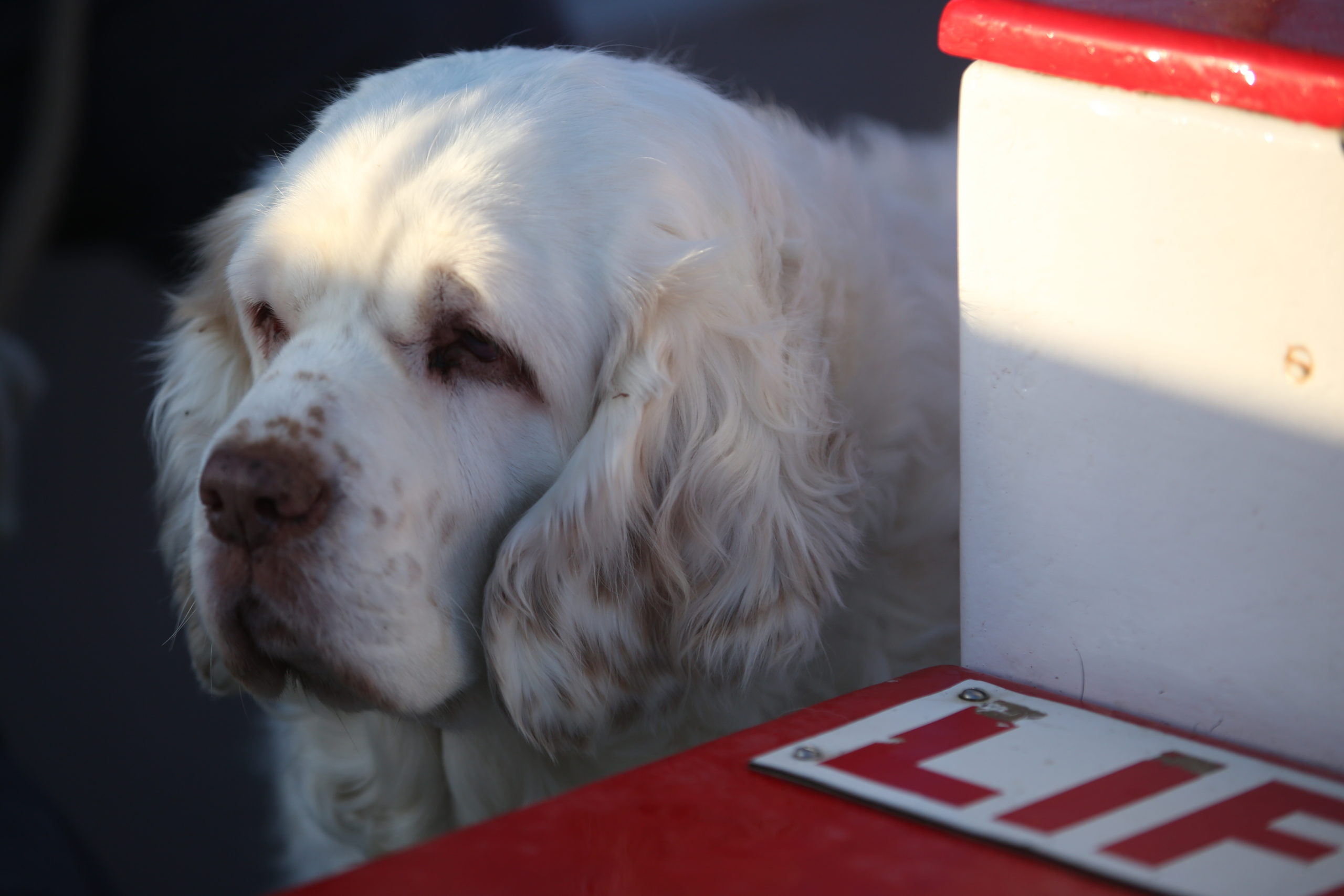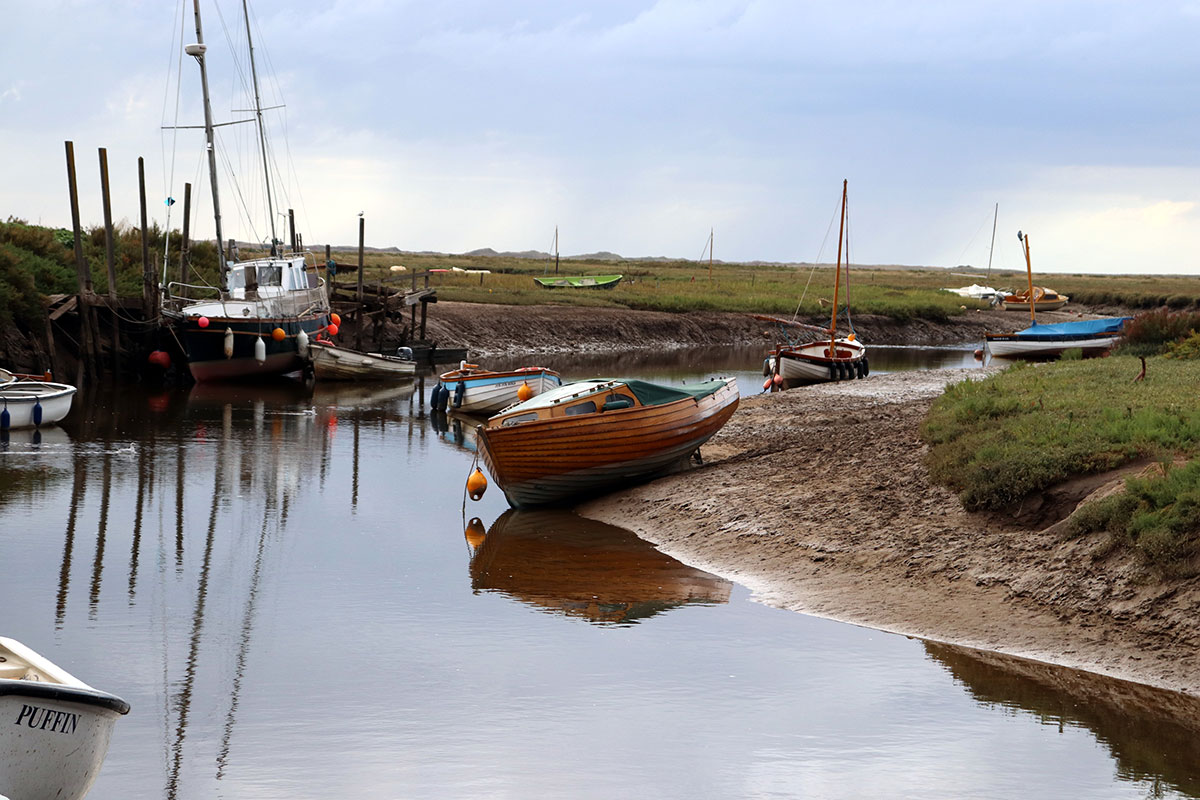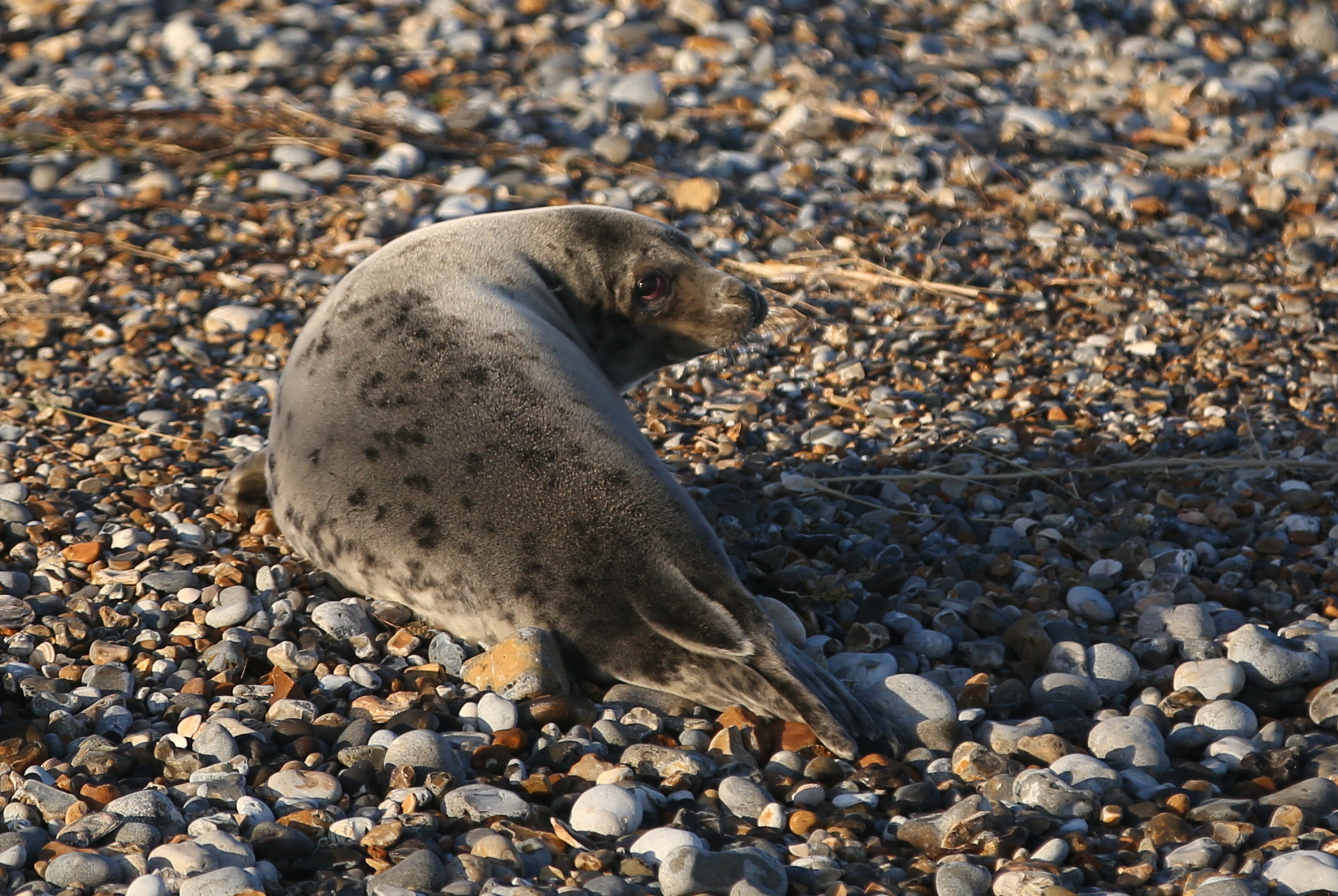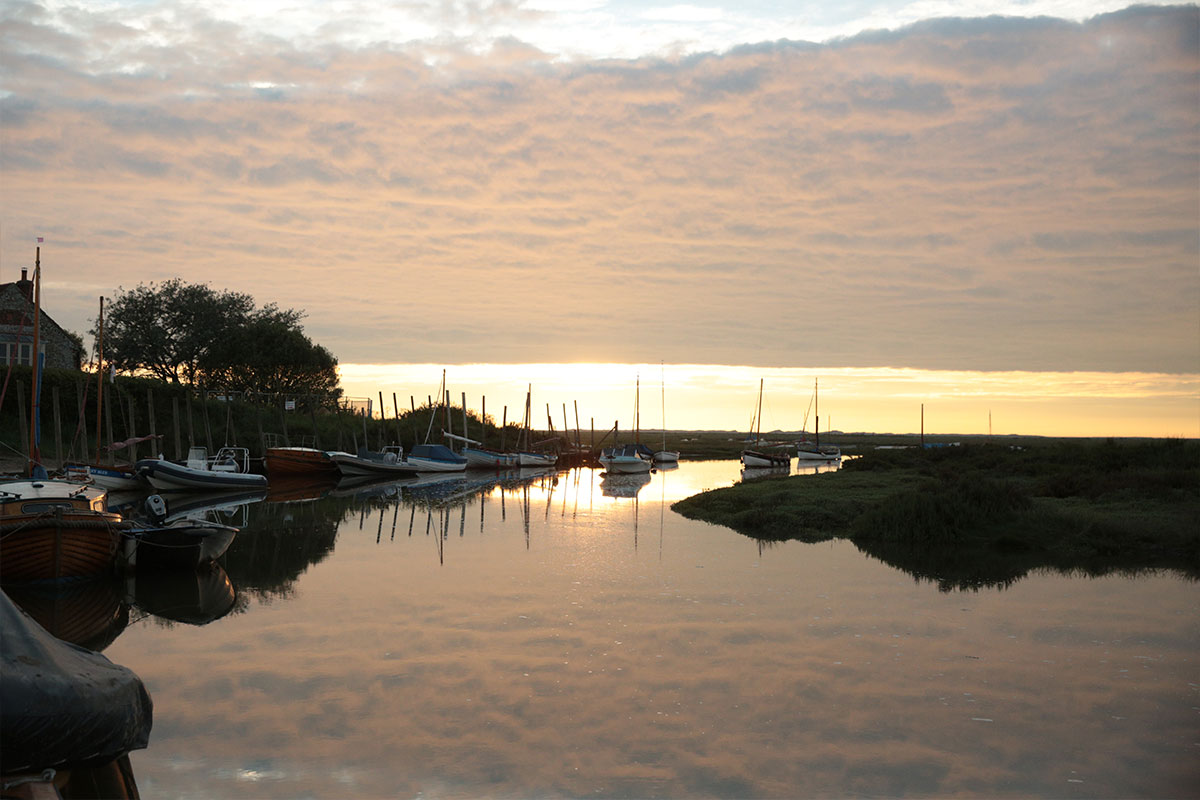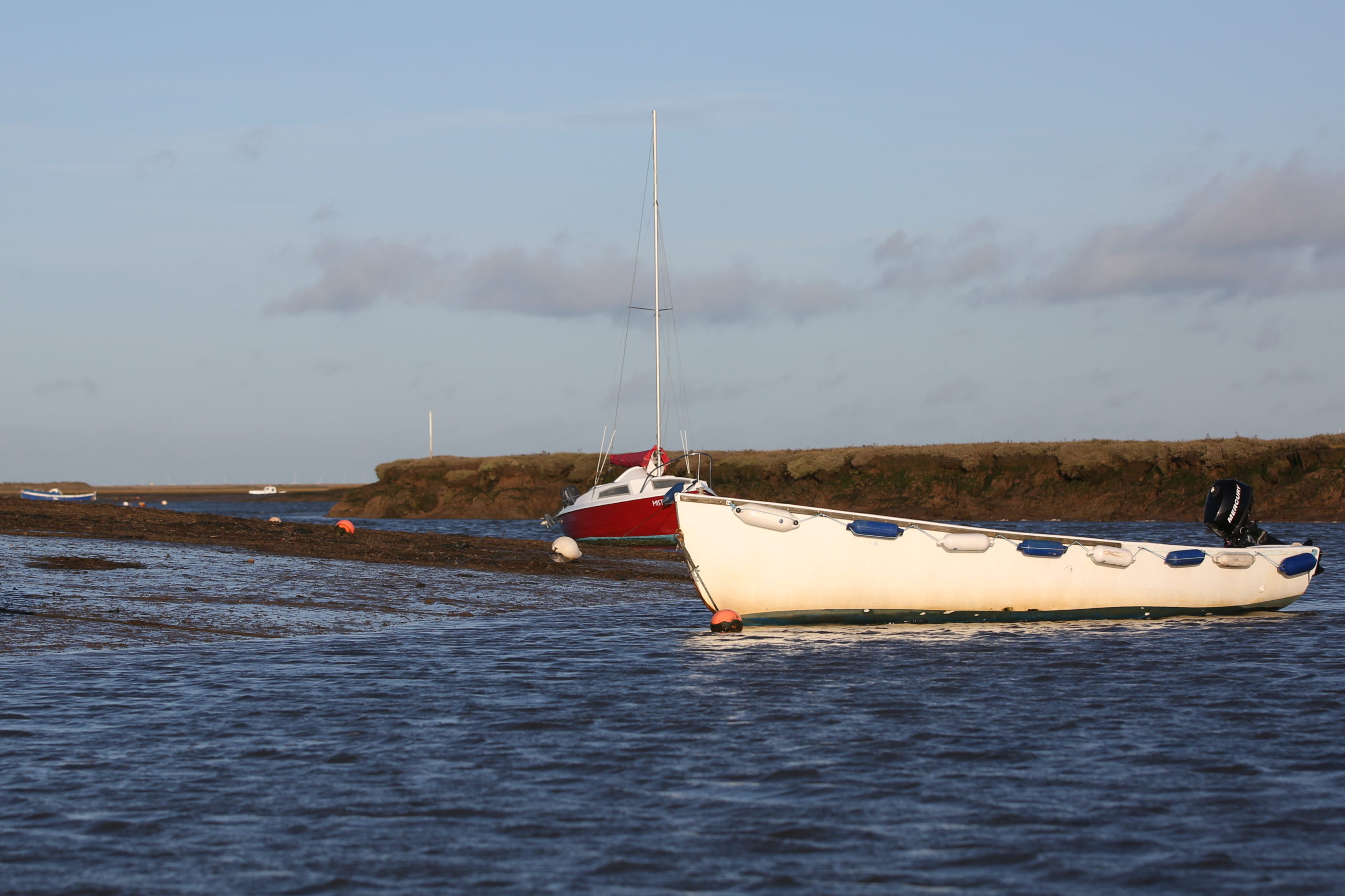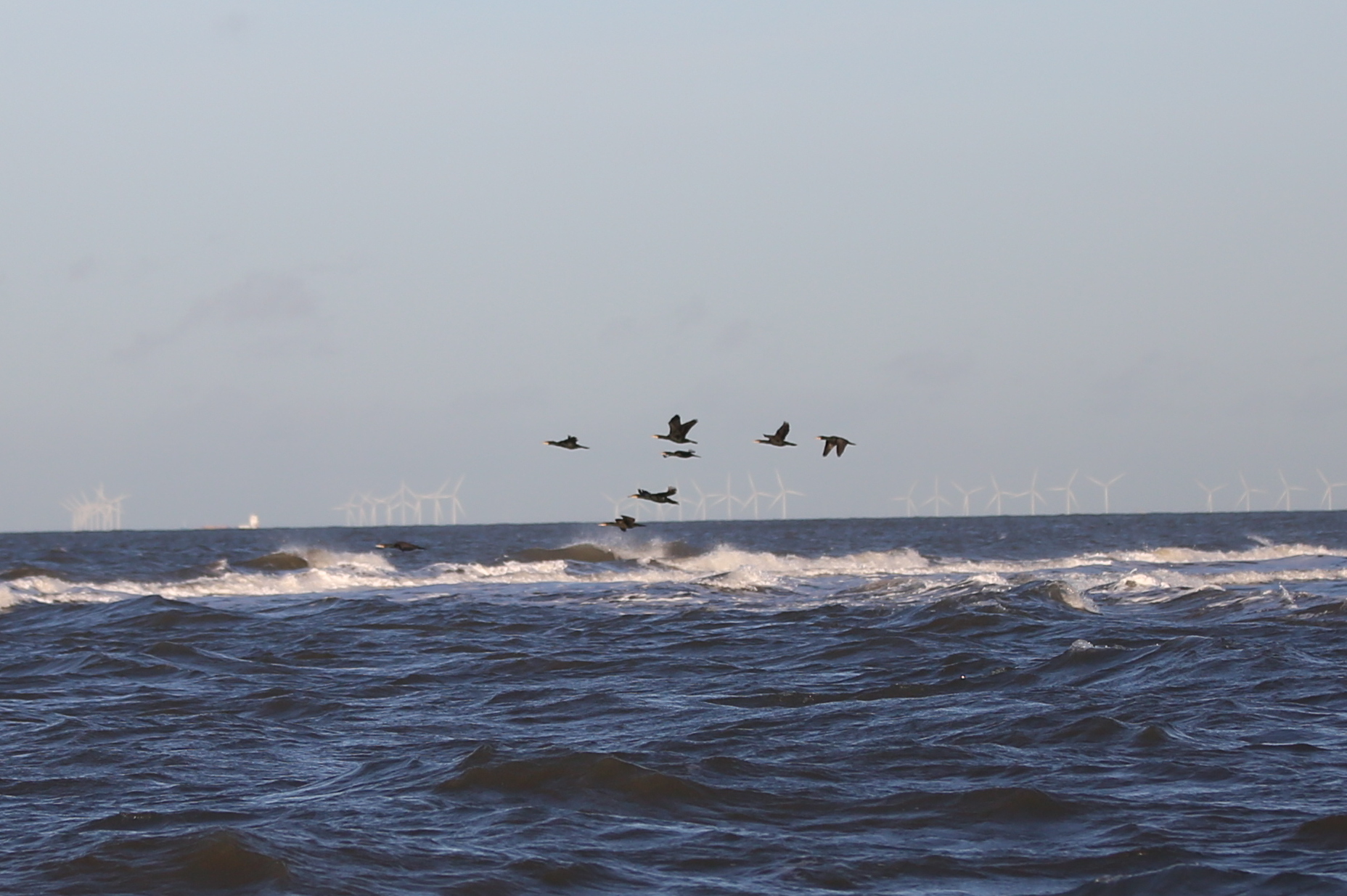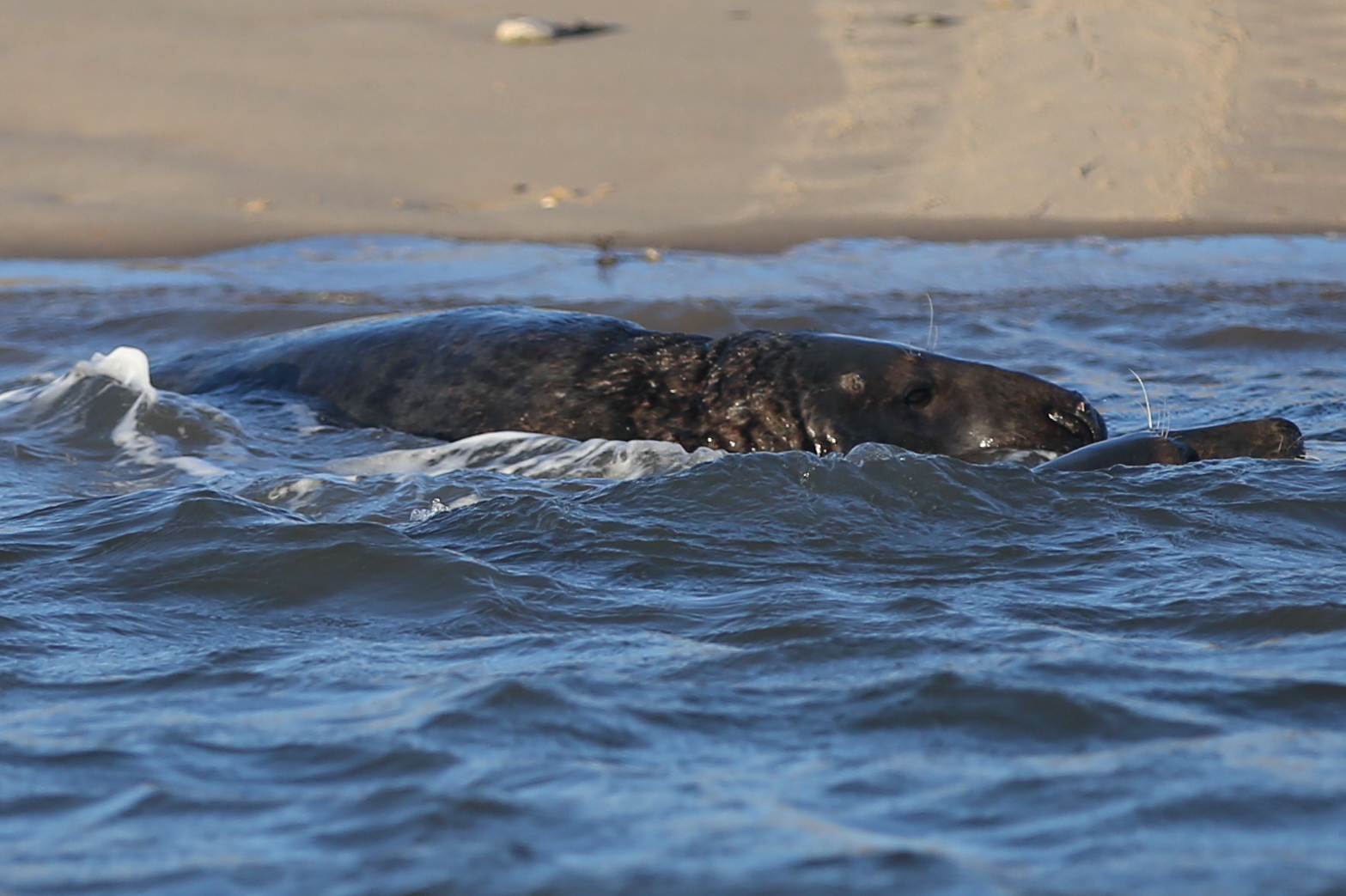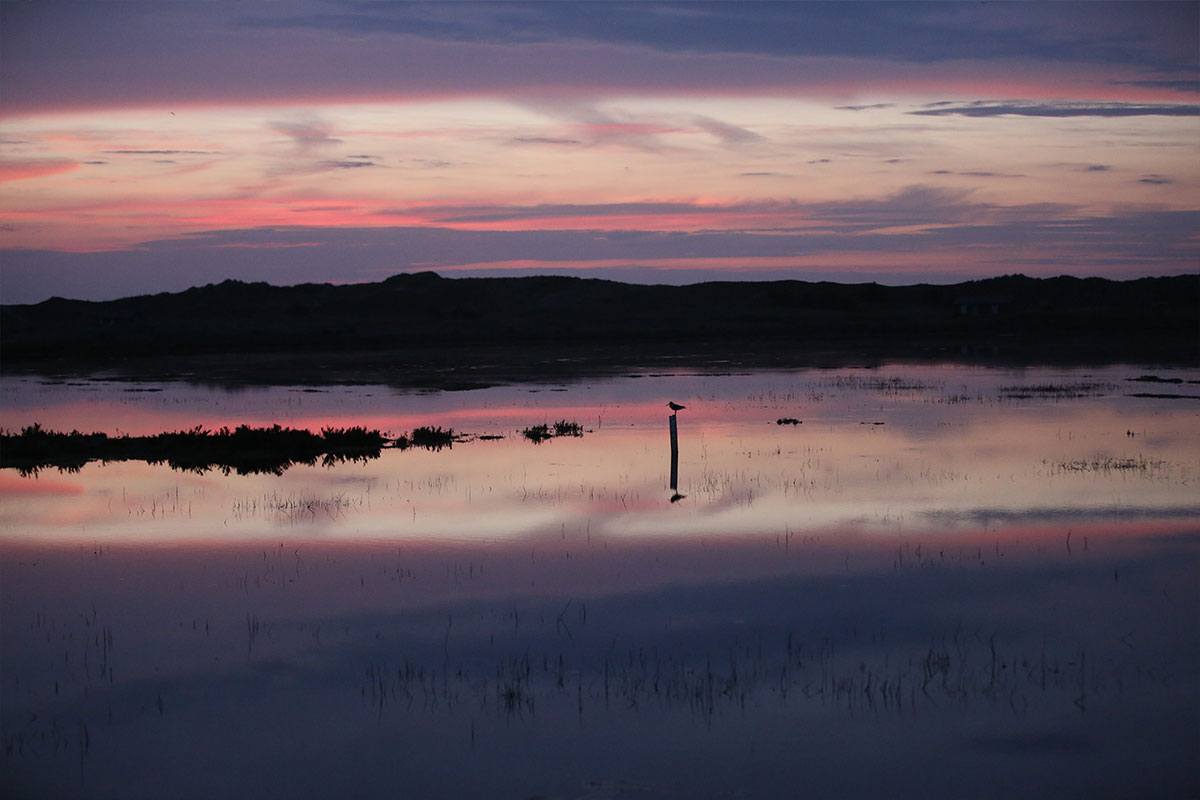Blakeney Holiday Cottages
BLAKENEY, NORTH NORFOLK, UK
Love Blakeney is a portfolio of three Blakeney Holiday Cottages, thoughtfully decorated retreats, creating the perfect coastal stay in Blakeney. The interior decoration and comfort that you would expect from a five-star hotel, in a cottage where you can be on your own.
The locations of all our Blakeney holiday cottages are picturesque … views of the quay and marshes, a flint walled courtyard, steps from the quay and a pretty, flower filled secluded garden. Love Blakeney’s places have creativity and character, with a passion for textiles and interior design each has been designed with originality.
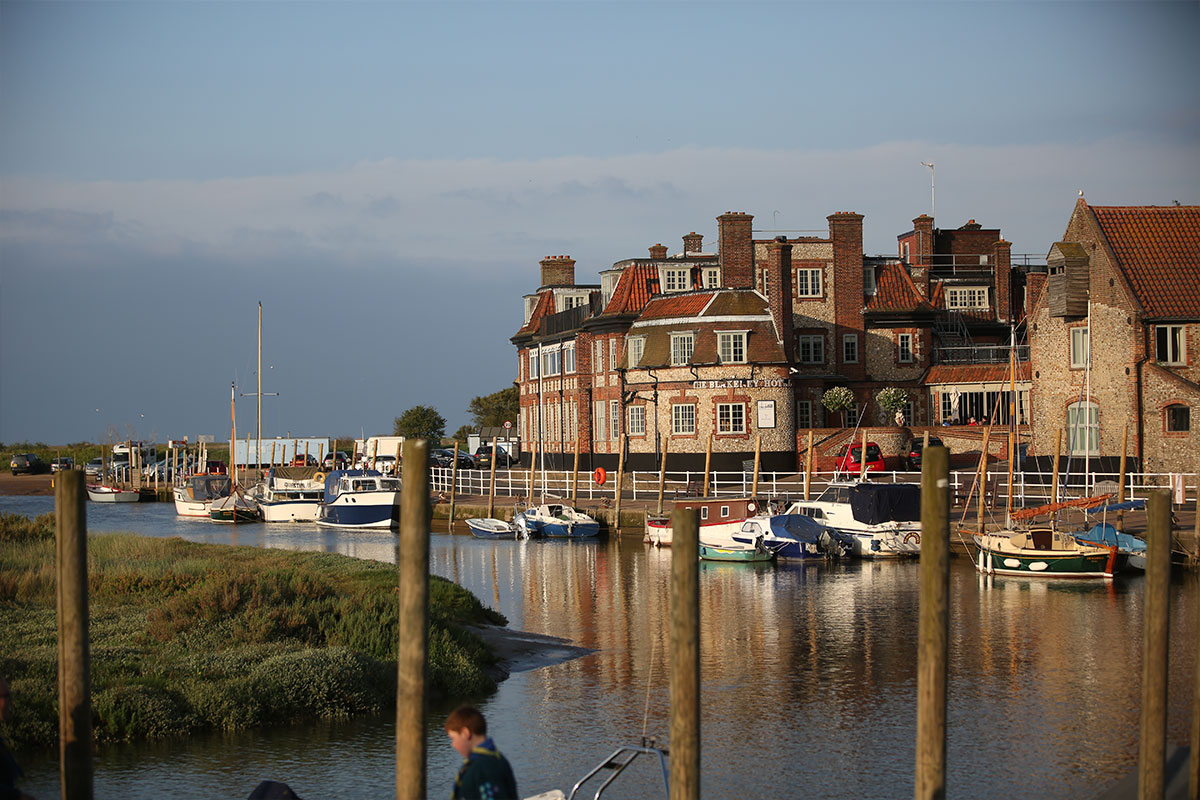
About Blakeney Holiday Cottages
The village of Blakeney is ancient and stands overlooking the huge expanse of salting’s towards the bird and seal sanctuary of Blakeney Point.
One of the most enchanting villages on the North Norfolk Coast, Blakeney started life as a medieval commercial port until the estuary began to silt up preventing all but pleasure craft from gaining access. The silting has left a fascinating landscape of marshes, sand hills and mud banks, with many creeks and channels twisting and turning their way through.
The quayside at Blakeney is surrounded by granaries and old merchants’ houses and has magnificent views across to Blakeney Point, officially designated as an Area of Outstanding Natural Beauty, owned by the National Trust.
Blakeney old village is set on a hill leading down to the harbour, at its heart is the winding high street, teeming with character there are plenty of pretty brick and flint fisherman’s cottages in hollyhock – lined lanes, known locally as lokes, leading off the high street.
Independent gift shops, delicatessen’s, cafés, restaurants and art galleries dot the village.
Near the harbour is all that remains of Blakeney Guildhall, featuring a very finely vaulted 14th century under croft made of brick and stone. You might assume by the name that the Guildhall was built by a local merchant guild, but you’d be mistaken; it was built as a dwelling by a successful merchant, and only much later used by the local guild of fish merchants. During the First World War it was used as a temporary mortuary for shipwrecked sailors.
